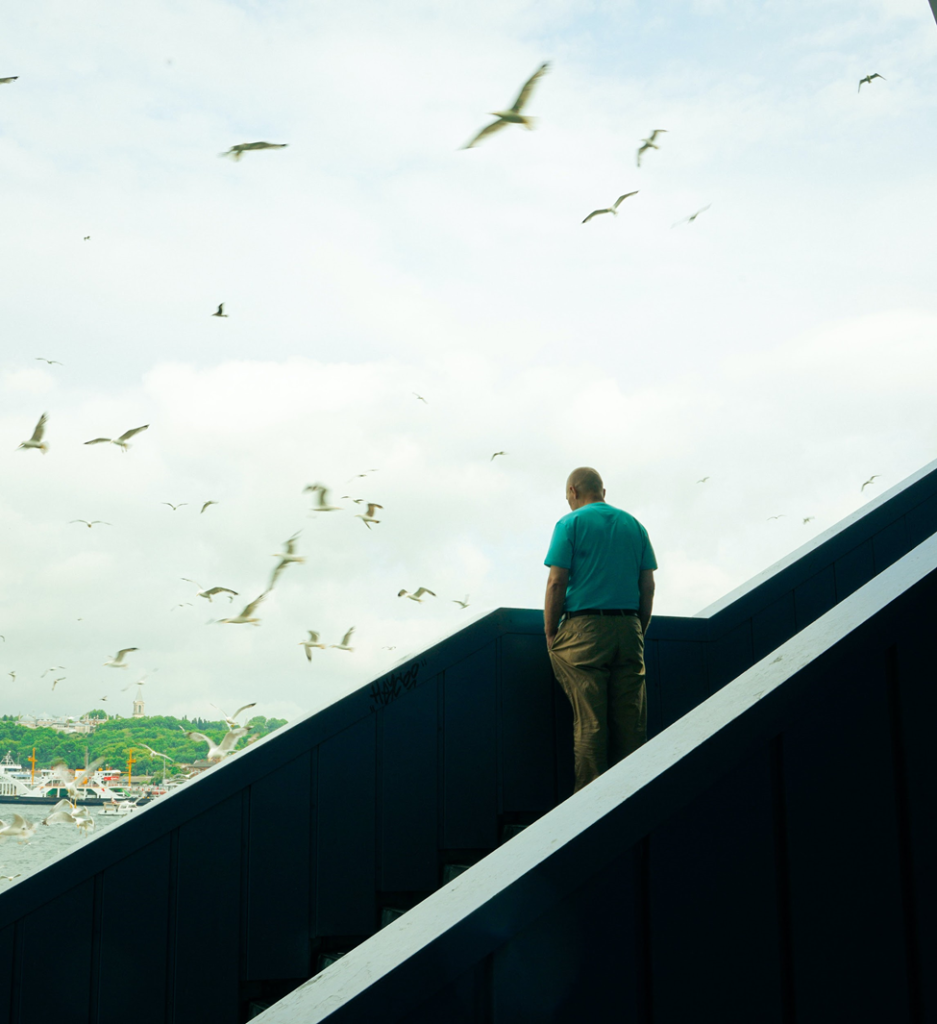
Urban wildlife refers to animals and organisms that thrive, adapt, or live in urban environments apart from the human populations. These species have evolved to navigate and inhabit cityscapes, finding ways to coexist with urban development. Urban wildlife cuts across a wide range of animals, from mammals and birds to plants and insects.
Some key characteristics of urban wildlife include:
Adaptability: Urban wildlife species exhibit adaptability to habitats, diets, adjusting behaviors, and urban settings to survive in changing environments. For instance, some birds change their nesting sites to urban structures like buildings, while certain mammals adjust their diet to embrace human-produced food sources.
Biodiversity: Cities often host a surprising diversity of wildlife, including species that have adjusted to urban landscapes and those that continue to live despite habitat alterations. Urban environments can support various species due to the presence of water bodies, parks, and green spaces.
Interactions with Humans: Urban wildlife interacts with human populations, sometimes leading to positive engagements or conflicts. These animals may benefit from food sources provided by humans, like bird feeders or trash, or encounter challenges due to human infrastructure.
Ecological Importance: Despite living in altered landscapes, urban wildlife as a body in planning plays an integral role in ecosystems. They can contribute to pest control, pollination, or seed dispersal, and even serve as indicators of environmental health within urban areas.
Challenges and Conservation: Urbanization poses challenges to wildlife, including barriers to migration, increased predation risks, habitat loss, and pollution. Conservation efforts often focus on creating wildlife-friendly habitats within cities, promoting coexistence, and minimizing human-wildlife conflicts.
Managing and understanding urban wildlife is essential for promoting sustainable urban development, maintaining biodiversity, and ensuring the well-being of both humans and wildlife in coexisting urban spaces.
Balancing urban growth with conservation efforts can foster harmonious cohabitation between the diverse wildlife and humans that thrives in urban environments.
